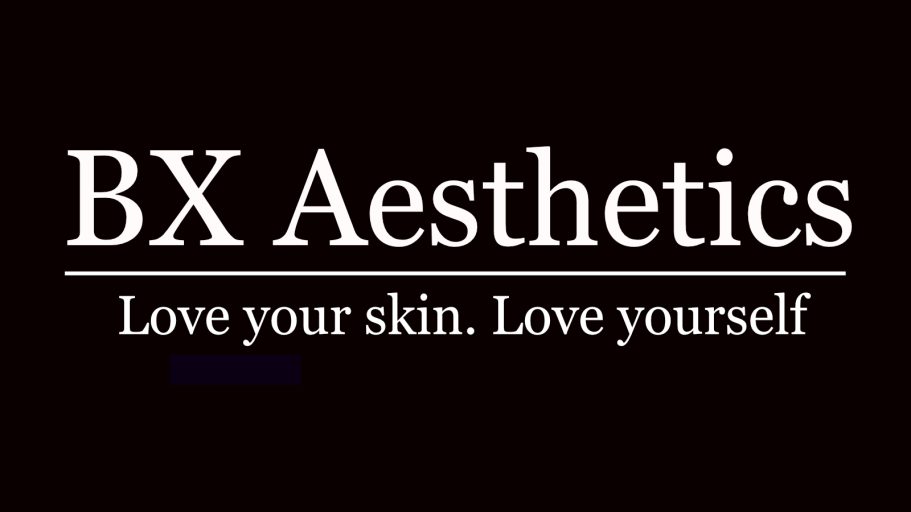Micro-needling
What is Micro-Needling?
Micro-needling is a minimally invasive procedure for your skin which involves using thin needles to make tiny holes in the top layer of your skin. The damage helps stimulate your skin’s healing process, so it produces more collagen and elastin. These proteins keep your skin firm and smooth.
Most people get micro-needling on their face, but you can also get it on your legs, back, neck or other areas where you notice damaged or aging skin. You’ll probably need multiple treatments to achieve your desired results.
Who benefits from micro-needling?
Micro-needling has cosmetic and medical uses. You might consider micro-needling if you’re concerned about:
Enlarged pores.
Fine lines or wrinkles.
Loose (thin and wrinkled) skin.
Mild scars, especially those from acne or minor burns.
Skin discoloration or uneven skin tone.
Stretch marks.


©Copyright. All rights reserved.
We need your consent to load the translations
We use a third-party service to translate the website content that may collect data about your activity. Please review the details in the privacy policy and accept the service to view the translations.
